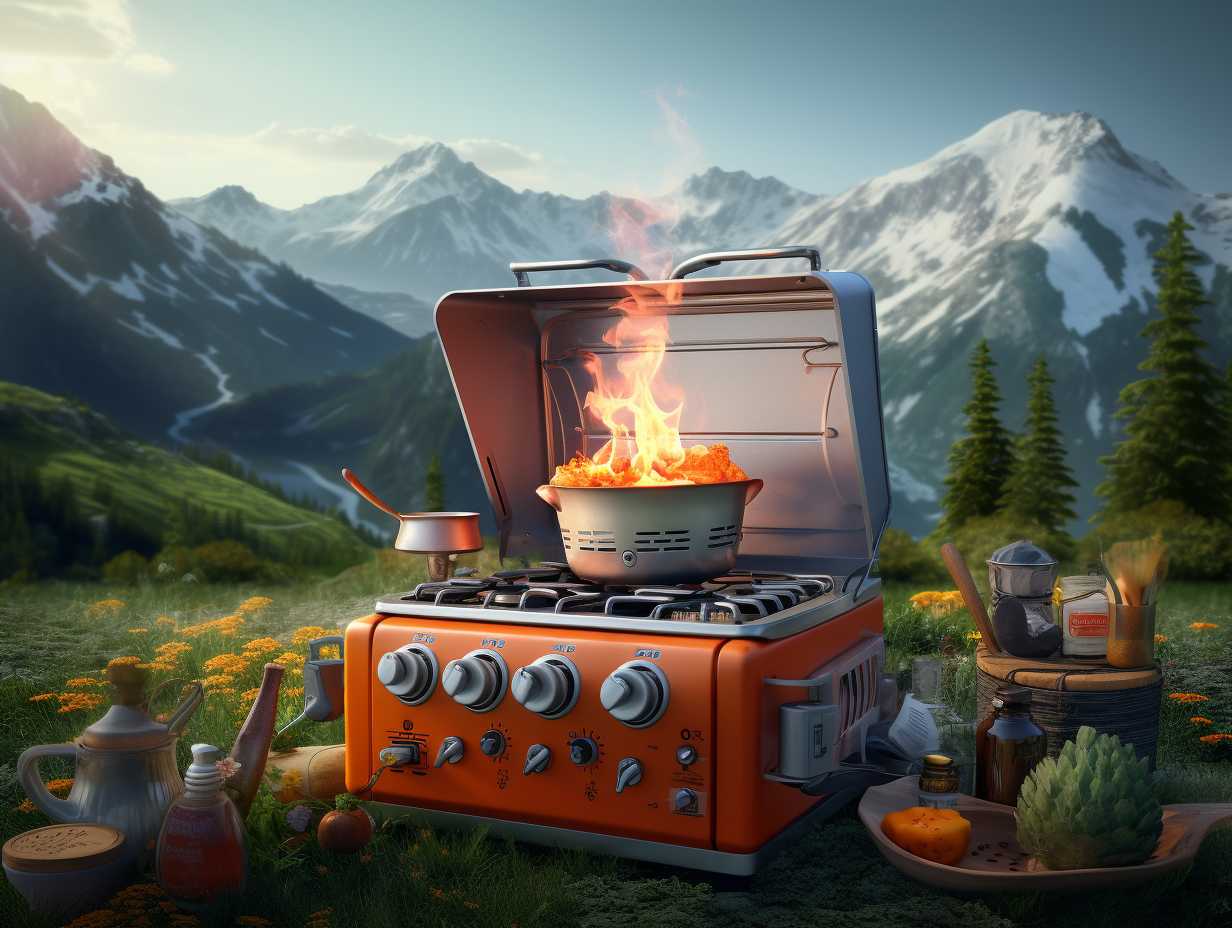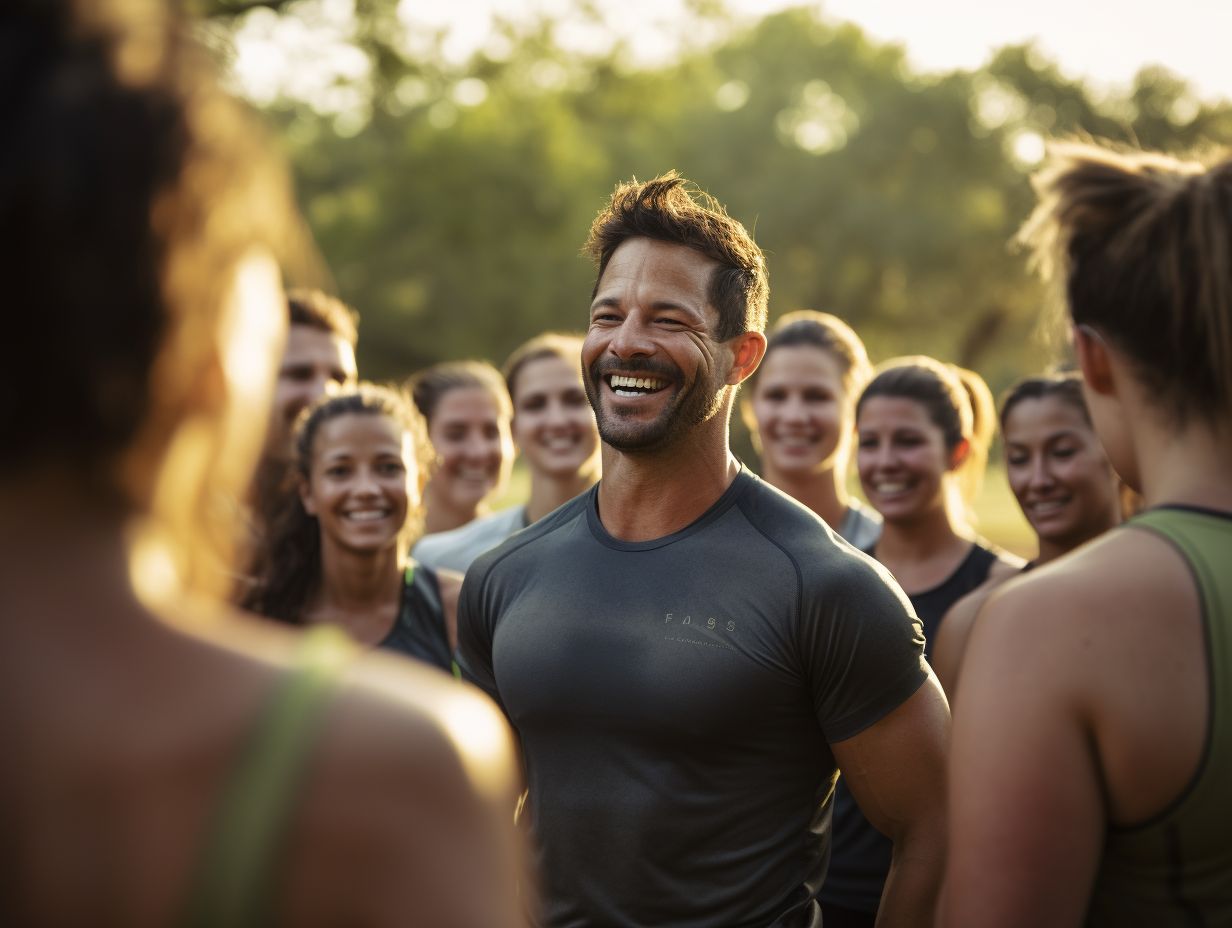
How Hot Does a Camping Stove Get

Do you ever wonder just how hot a camping stove can get? Get ready to ignite your curiosity as we explore the sizzling science behind camping stove heat.
Discover the temperature ranges, factors that affect heat, and how it compares to other cooking methods.
Plus, we’ll share essential safety tips for cooking up a storm on your camping adventures.
Get ready to turn up the heat and learn everything you need to know about camping stove temperatures.
Key Takeaways
- Heat transfer is crucial in determining how hot a camping stove can get.
- The design of the stove affects heat distribution.
- The type of fuel used impacts flame intensity.
- Be aware of common camping stove hazards, such as fire and burns.
The Science Behind Camping Stove Heat
To understand the science behind camping stove heat, you need to grasp the concept of heat transfer. Thermodynamics principles and heat transfer mechanisms play a crucial role in determining how hot a camping stove can get.
The stove’s heat source, whether it’s a gas burner or a fuel-powered flame, generates heat through combustion. This heat is then transferred to the cookware through conduction, convection, and radiation, ultimately heating up the food or liquid being prepared.
Understanding Temperature Ranges
To understand the temperature ranges of a camping stove, you need to consider the various factors that influence how hot it can get. Here are some key points to help you grasp this concept:
-
Exploring heat distribution:
-
The design of the stove affects how evenly heat is distributed.
-
Some stoves have multiple burners that allow for better heat distribution.
-
Measuring stove heat accurately:
-
Use a thermometer specifically designed for measuring stove temperatures.
-
Avoid relying solely on the stove’s control settings as they may not always be accurate.
Factors Affecting Camping Stove Heat

Consider the factors that impact how hot your camping stove can get. Several factors influence flame intensity, including:
- The type of fuel used
- The size and design of the burner
- The level of air flow
Additionally, altitude can have a significant impact on camping stove heat. As you climb higher, the air becomes thinner, resulting in reduced oxygen levels. This can lead to decreased flame intensity and slower cooking times.
Comparing Camping Stove Heat to Other Cooking Methods
When comparing camping stove heat to other cooking methods, you may notice that the flame intensity and cooking times can vary.
Here are some key points to consider:
-
Efficiency comparison:
-
Camping stoves are highly efficient, utilizing fuel effectively.
-
Electric stoves are generally more energy-efficient, as they convert most of the energy into heat.
-
Camping stoves have a lower environmental impact compared to charcoal grills, as they produce fewer emissions and waste.
-
Charcoal grills contribute to air pollution and deforestation due to the production and use of charcoal.
Safety Tips for Cooking on a Camping Stove

To ensure your safety while cooking on a camping stove, follow these essential tips.
Be aware of common camping stove hazards, such as fire and burns.
Always use your stove in a well-ventilated area to prevent carbon monoxide poisoning.
Keep flammable materials away from the stove and never leave it unattended while it’s on.
Make sure to properly extinguish the flame and allow the stove to cool before storing it.
Taking these precautions will help you have a safe and enjoyable cooking experience while camping.
Frequently Asked Questions
What Are the Different Types of Camping Stoves Available in the Market?
There are various types of camping stoves available in the market. They offer alternative fuel options such as propane, butane, and multi-fuel. Each type has its pros and cons, so choose wisely.
Can I Use a Camping Stove Indoors?
Using a camping stove indoors is not recommended for safety reasons. The high heat generated by the stove can pose a fire hazard and release harmful gases. Stick to outdoor use for camping stove safety and indoor cooking safety.
How Long Does It Take for a Camping Stove to Heat Up?
To properly clean a camping stove, there are a few things to consider. First, make sure it’s completely cool before starting. Then, follow the manufacturer’s instructions for cleaning and maintenance.
Are There Any Specific Safety Precautions I Should Take While Using a Camping Stove?
When using a camping stove, it’s important to take safety measures. Make sure to have proper ventilation to avoid carbon monoxide poisoning. Follow instructions, keep flammable materials away, and use caution.
Can I Use a Camping Stove to Heat up My Tent During Cold Weather Camping?
Using a camping stove to cook meals in the tent during cold weather camping can be dangerous. The dangers of using a camping stove inside a tent include carbon monoxide poisoning and fire hazards.
Conclusion
In conclusion, camping stoves can get incredibly hot, reaching temperatures of up to 700 degrees Fahrenheit. This intense heat allows for efficient cooking even in outdoor settings.
However, it’s important to remember that safety should always be a top priority when using a camping stove. So, while you’re cooking up a storm on your next camping trip, remember to keep a cool head and handle the heat with caution, just like a seasoned chef in a high-pressure kitchen.
Disclaimer: Some information is provided through AI. Users should always conduct their own research and consult with qualified professionals before making any decisions.Affiliate information declaration: We may earn revenue from the products referred on this page and participate in affiliate programs.


